7 of the worst clients - and how to deal with them
Top advice for dealing with nightmare clients from the editor-in-chief of Clients From Hell.
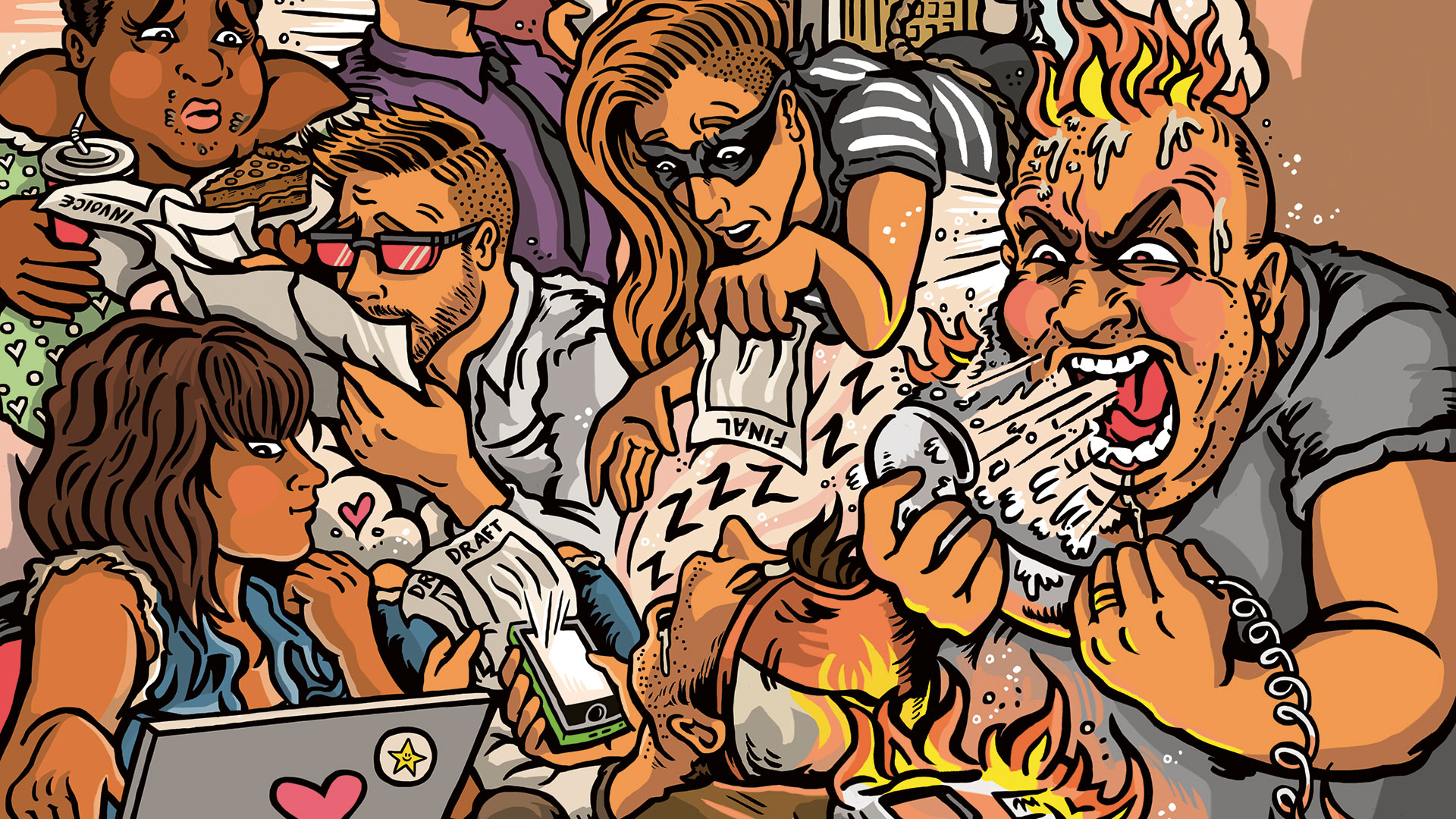
Every designer has met – or will meet – at least one client from hell in their career. For some, it was a toe dipped into a lake of fire. For others, it was an impromptu cannonball.
Think of this advice as fireproof water wings: in theory, it's something for you to chuckle at, but the moment you find yourself wading into the inferno, it's indispensable.
01. The prideful client

The proud client thinks every suggestion is avant-garde, and every obstacle is someone else's fault. Treated with the same respect the client has for something that sticks to their shoe, designers are forced to carry the weight of the client's 'genius' as far as the next pay period.
My client wanted to have blinking carrots in each of the login fields.
Me: That is against all UI and user experience guidelines. Visitors would not know where to type. It is a line that shouldn't be crossed and something I can't recommend under any circumstance.
Client: I'm a pioneer. I'm drawing new lines.
Client: We want to put a QR code on a sign in the lobby that gives users information about the building's address, department name, and which floor they're on.
Daily design news, reviews, how-tos and more, as picked by the editors.
Me: How about you just put that information on the sign?
Client: We'd like to, but there wouldn't be room for that and the QR code.
There are a few ways a designer can deal with a prideful client.
First of all, humility may be seen as a virtue, but it's also a great way to be ignored or overlooked. Take a page out of the client's Necronomicon and have a little pride in yourself and your work; you are a professional employed for your expertise. Do not be afraid to share your insights in order to create something you can be proud of – but remember, nobody knows what the client needs better than the client.
That said, a client may not have their best interests in mind when they demand you design a logo complete with lens flare and their nine favourite colours. Push back, but if the client refuses to budge, produce the abomination and simply leave it out of your design portfolio.
02. The envious client
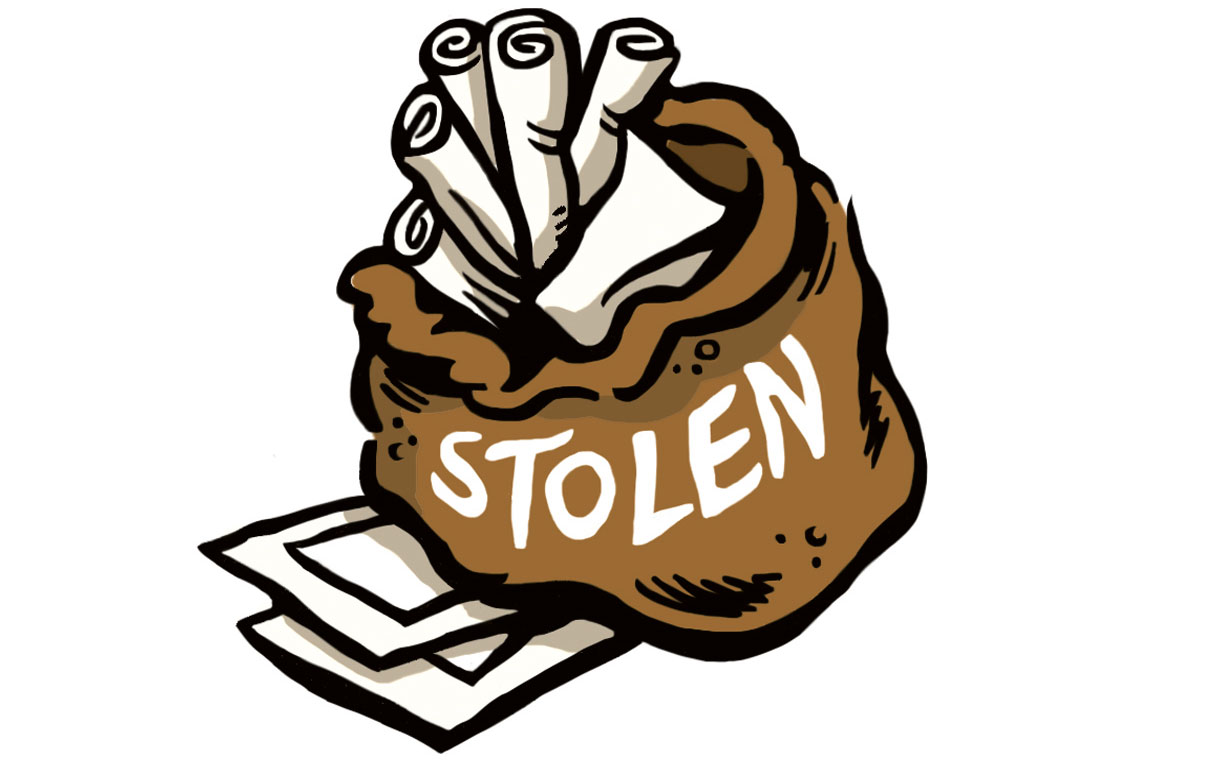
The envious client sees something someone else has, and they're willing to take it – law and logic be damned. Inspiration comes from all sorts of sources for this client, but it's rarely accredited, and it's almost always in poor taste.
Always eager to be ahead of the curve, the envious client embraces every fad and marketing buzzword they come across, regardless of relevance. If imitation is the sincerest form of flattery, they're a gold star on a platinum medal hanging from a certificate of excellence. If that metaphor seems overwrought, wait until you see some of this client's ideas.
Client: Can we have a logo that says we're an official 2016 Olympic Games sponsor on our website?
Me: Are you an official sponsor of the 2016 Olympics?
Client: No.
Me: Then no.
"Our in-house designer can do a lot of the work you do, so we're going to start taking your contracts to him. What do you recommend we buy – Adobe or Photoshop?"
The envious client is usually insecure and typically more concerned with looking a certain way rather than actually being a certain way. Suggestions that are reinforced with a little ego stroking tend to do better than those based on the flimsy foundation of 'good sense' and 'good taste'.
And never break the law for a client. Just don't. Though you can point the finger at your client or otherwise claim ignorance, the potential fallout rarely justifies the possible rewards. Plus, you know: principles.
When you're creating a mood board, or otherwise trying to get an idea of what this client is after, make it absolutely clear that these are only sources of inspiration, not carbon copies. If you've done your due diligence communicating this, it would be a real dick move to rip off a design – using professional language and reasons justified by your expertise, of course – and if the client still insists, do as much as you can to separate the design from the original. And then separate yourself from the client.
03. The wrathful client
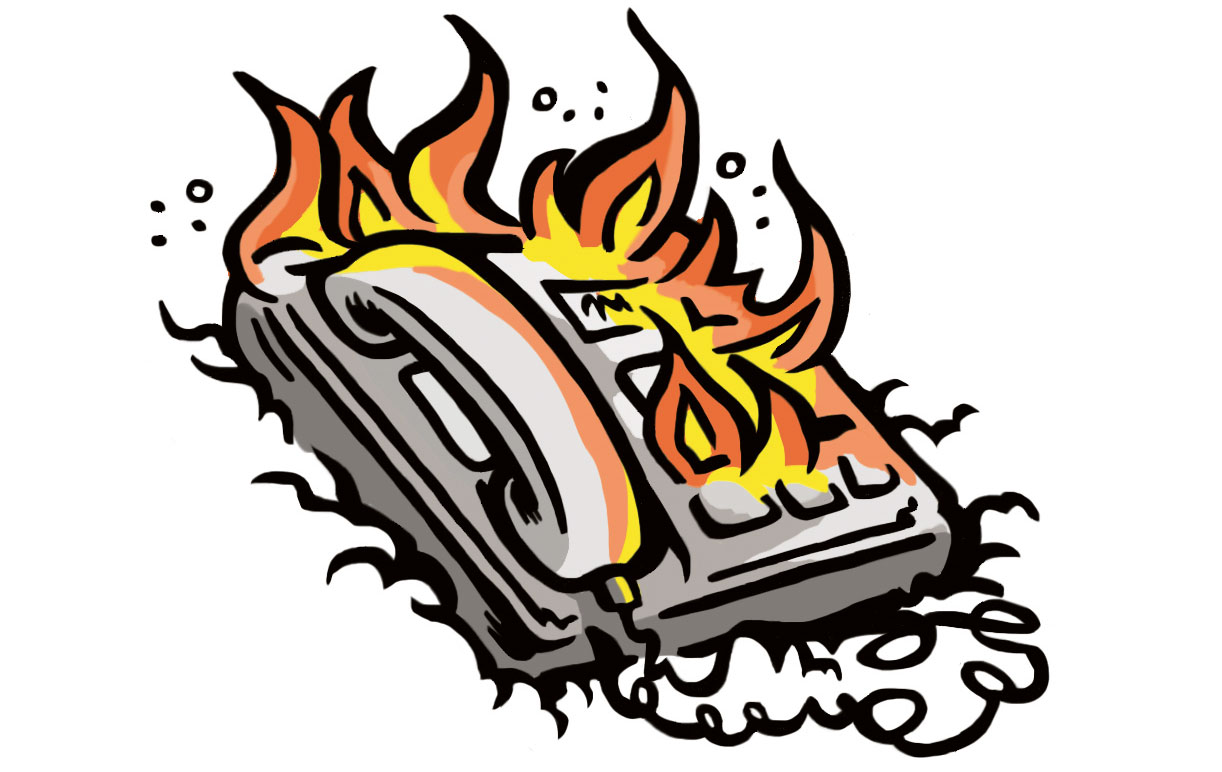
Prone to excess anger, the wrathful client preys on the meek with exaggerated claims and over-the-shoulder suggestions. Never afraid to exploit a weakness for the win, this client requires the designer to hold on to their scruples tightly. Client solutions are what most sane people would refer to as a last resort, and their reaction to problems is similar to how baking soda reacts to vinegar: there's a lot of frothing, things quickly boil over, and a mess is left in their wake.
"If this situation is not rectified, I will be issuing a worldwide press release through online mediums, social network and fax."
"We were going to pay you, but seeing as your lawyer has sent a letter of demand and threatened legal action, we're not going to."
"If you act like an infidel, I'm going to treat you like an infidel." [Ironically, the word this client was thinking of here was 'imbecile'.]
Unaligned expectations are usually at the root of a client's anger. The longer you and your client have had a different idea of what the outcome will be, the bigger their potential explosion will be. Clear and consistent communication before the big bang is the best solution.
However, like a particularly devastating natural disaster, there isn't always a warning that something terrible is about to go down. If you do find yourself the subject of your client's wrath, don't take it personally; take it like a professional. There is rarely a (good) reason to get worked up because of a crappy client. Instead, craft a response and sit on it for a few hours – days, even.
You should never expand the scope of a project or bend over backwards simply because a client gets loud with you. If they have genuine criticisms, address them, but remember: you are only responsible for what your contract stipulates. If anger turns into abuse and there's no amicable way to close the project, it may be time to walk away.
04. The slothful client
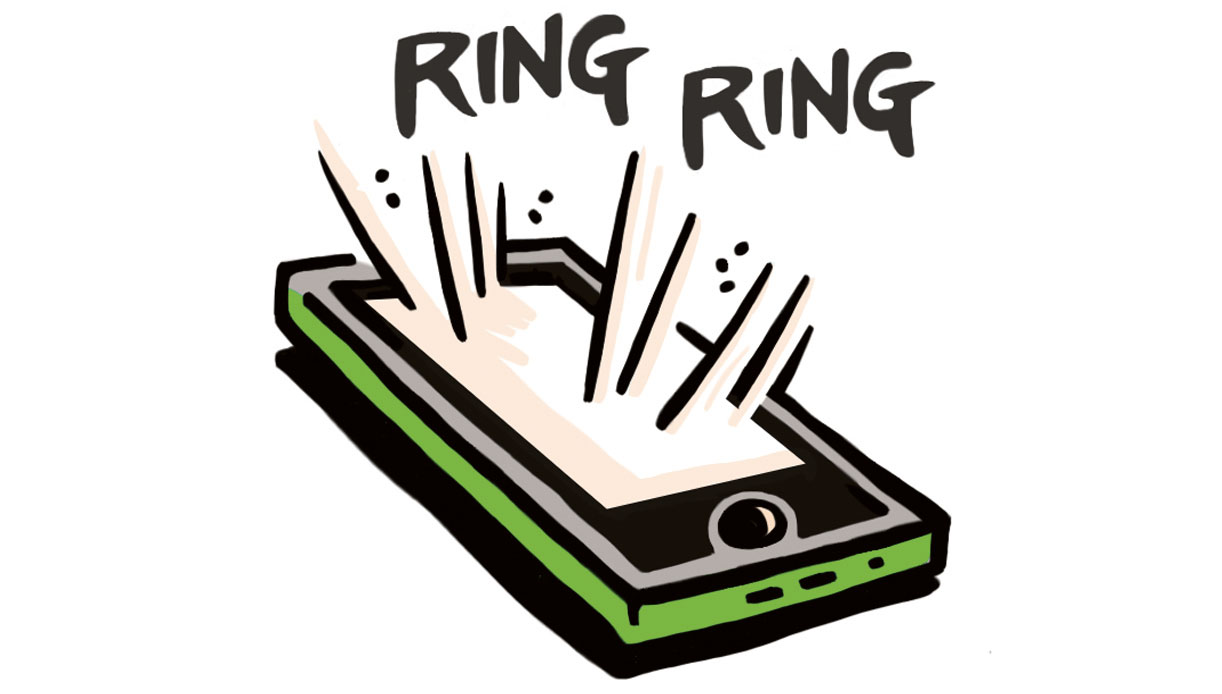
The slothful client always wants to take the easy route. They refuse to do their due diligence and live up to their end of the contract. Crucial files and feedback often arrive late, if at all. If the slothful client simply took the time to learn or listen, they'd find their life free from their otherwise small and self-imposed problems.
"Please change the file name of the document and send it back to me ASAP. I need this done immediately."
"How do you spell HTML?"
"I wanted zipadeedoo-dah, not zipadeedoo-nay!" [This was a client's explanation for why he didn't like my work.]
A slothful client omits their own responsibilities. The best way to deal with them is to introduce consequences to their dereliction of duty. For example, if your client is unable to get you resources before a milestone, make sure they know the deadline will have to be pushed back as a result.
If a client consistently fails to do the work necessary for you to do yours, drop them. At the end of the day, these clients are an insidious drain on your time and effort.
05. The avaricious client
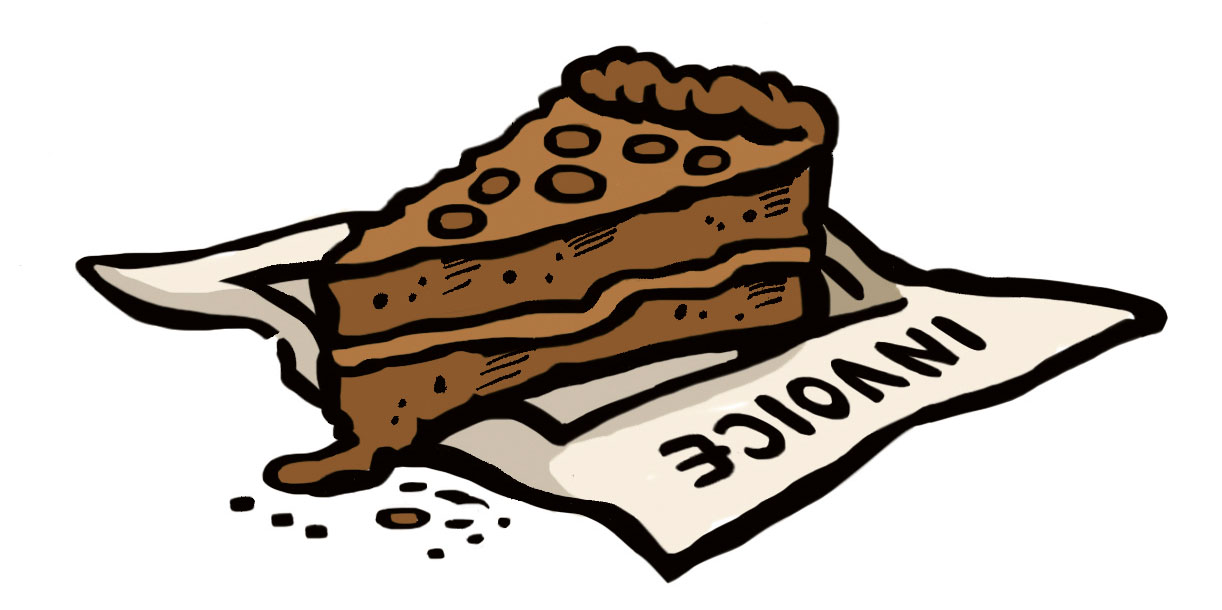
Less worried about the next pound than they are about losing the one in their pocket, the greedy client isn't afraid to coast on lax attitudes and unpaid invoices. Quality is never a concern for this client. In fact, the cheaper, the better – anything to make the client's bottom line bolder.
"You mean every time you do work for us, you charge us?"
"They say that art is a passion. Do you really think that it's right to charge someone for something you're passionate about?"
A down payment is the first step to identifying a deadbeat client. If they baulk at the idea or can't be convinced to invest a little money in you before you invest a lot of time in them, walk away.
Along with contracts, billing clients on time and notifying them about non-payment should be standard practice. Start by confirming a client has received your invoice. After the payment period passes – I suggest 15 days or so – follow up. The first reminder should be friendly; the second one should remind them about late-payment fees. The longer the client goes without paying you, the more regular these reminders should be.
An email can prod a client to action, but a phone call or a face-to-face meeting are even harder to ignore. Don't bend to a client's sob story. You're a professional, and you need to get paid. With that in mind, never continue working if a client has failed to meet your agreed upon payment procedures.
If all else fails, turn to a collection agency or small claims court. You won't get the entirety of what you're owed, but if you did your due diligence with a contract, you'll likely get something.
06. The gluttonous client
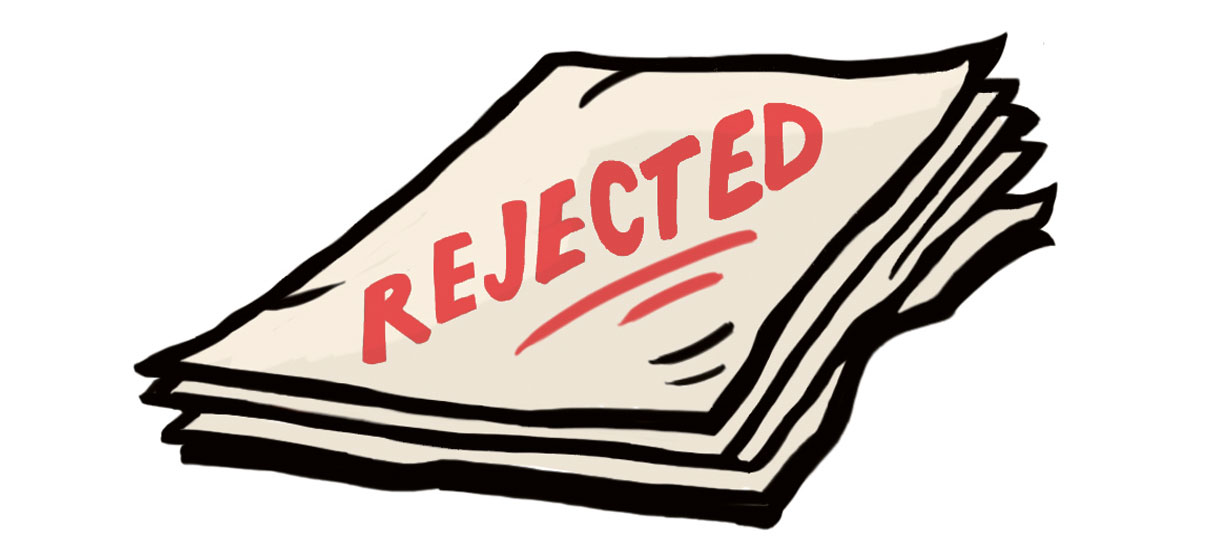
Whereas a revision or two is a perfectly reasonable expectation, the gluttonous client is always hungry for more. Overwhelming your inbox with ideas, demands for updates, and unreasonable requests – like the logo in fourteen different palettes by this time yesterday – this client's zeal for instant gratification means they often ignore their own ignorance before asking for 'just one more thing'.
"When someone with a Facebook account visits our site, it should automatically save their Facebook password and send it to my e-mail address. I need this feature within the next two hours."
Client: I don't like that blue, make it a bit lighter – just a small bit!
I send the (unchanged) file back to her.
Client: Hmm, ok that's too light, make it a bit darker.
I send the same file – again, unchanged.
Client: Ok just ad a hint of brightness and we're done!
Again, same file, unchanged.
Client: Perfect! Has anyone told you that you are amazing at what you do?
A gluttonous client tends to enjoy getting instant gratification, so you need to teach them to get that sugar high elsewhere.
Instead of jumping the moment a client calls on you, take the considered approach. A designer who bends over backwards to accommodate minor revisions and tiny tweaks sets a standard the client is all too happy to keep. Don't respond to every email the moment it arrives in your inbox; communicate a set number of revisions; charge an hourly rate for out-of-scope work.
Simply put: set standards and keep to them.
07. The lustful client
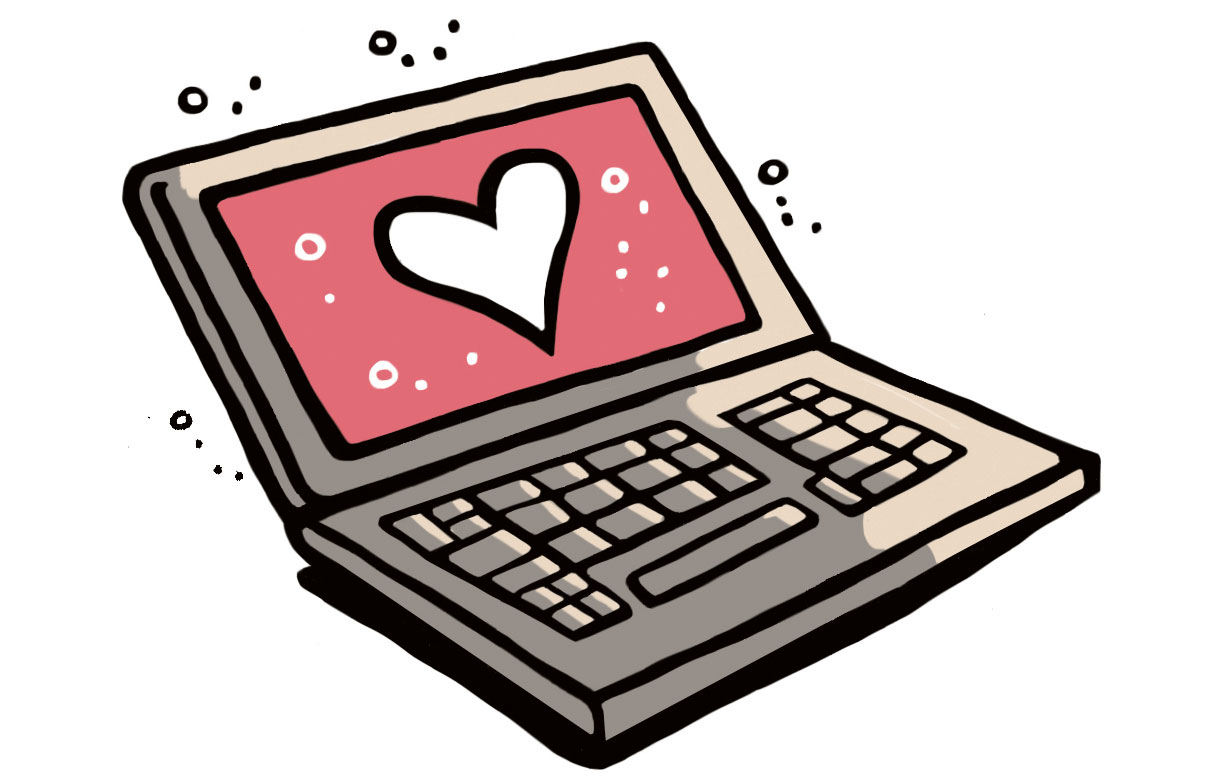
Lustful clients crave some sizzle with their service. Everything's an innuendo, and nothing is off limits from their hungry gaze. It's not all sex, though; anything can be the object of their over the top or out of line desire.
"You're pretty enough to be a stripper. If this 'graphic design business' thing doesn't pan out, talk to me."
Client: I have to fire you. We love your work, but my boyfriend is worried about me working with an artsy guy.
Me: I can assure you, I'm very professional.
Client: I'm sure you are! But I'm not.
"If I were ever going to sexually harass anyone, it would definitely be you."
There are a lot of ways lustful clients can make you uncomfortable; it can be their use of an outdated term, their lack of respect for your personal space, or an outright ignorant attitude. Only you can determine when it's worth pursuing a problem out of principle. There are a lot of potential (and often personal) factors to consider.
If a client is making you genuinely uncomfortable in a not-so-okay way, tell them in no uncertain terms what they are doing and how this is making you feel. Try and make it a one-on-one interaction if you can. A private meeting probably isn't how you want to approach things, but it saves the client from a lot of embarrassment and, as a result, makes them much more receptive to your input.
Illustration: Mat Roff
This article originally appeared in Computer Arts issue 257; buy it here!

A creative communications specialist, Bryce Bladon is perhaps best known for running clients From Hell – a cult blog that “brings readers to tears with unbelievable, always hilarious anecdotes from those on the frontlines of freelancing.”
